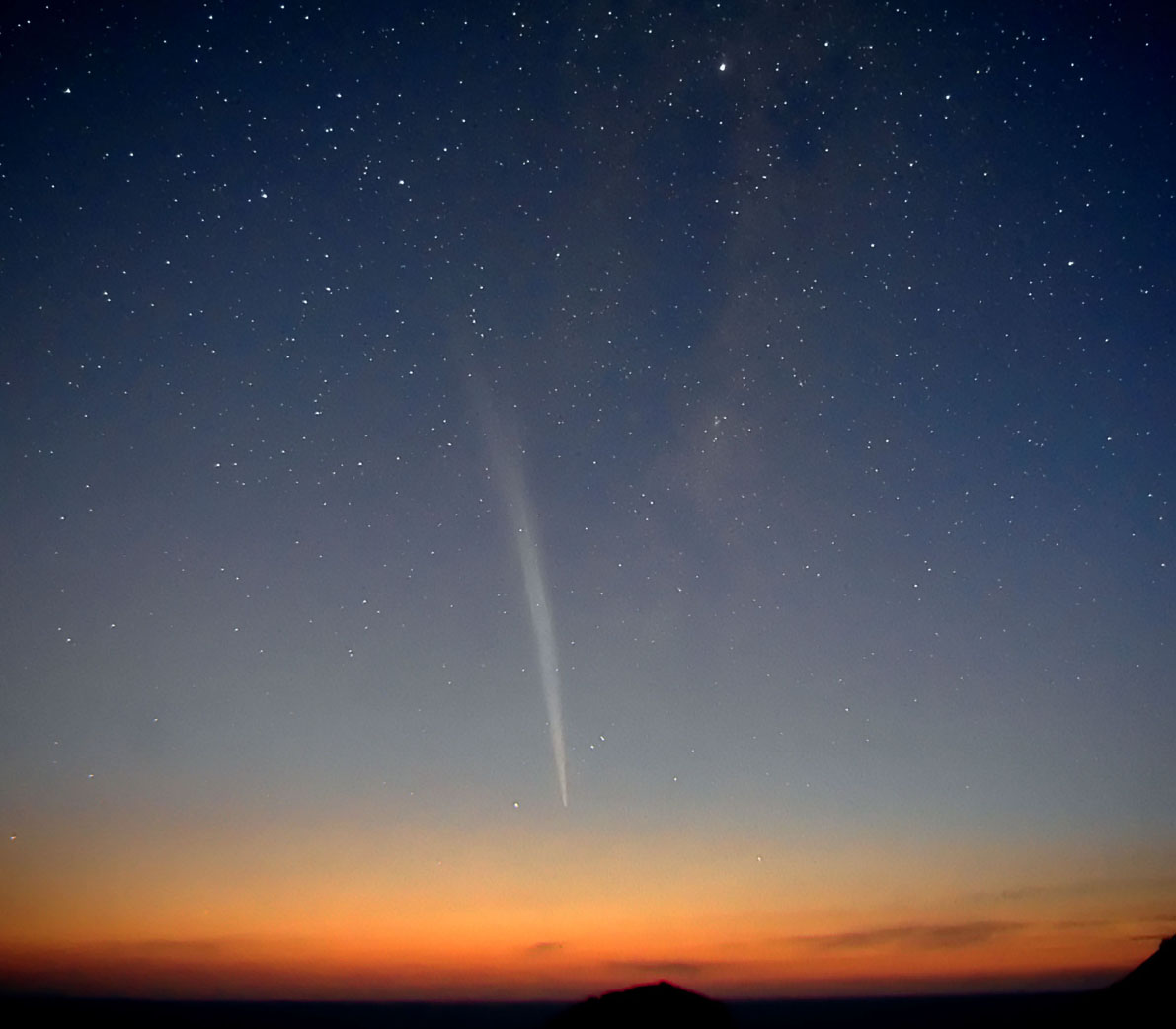
Perihelion: 2011 December 16.08, q = 0.006 AU
In the “Special Topics” presentation on Kreutz sungrazers eight weeks ago I mentioned that in 2007 Zdenek Sekanina and Paul Chodas published a paper wherein they predicted that a new “cluster” of sungrazers should be arriving within the next few decades, with “its earliest member possibly just several years from now.” A little over four years later an amateur astronomer in Queensland, Terry Lovejoy, photographically discovered a 13th-magnitude comet that was soon found to be traveling on an orbit typical of Kreutz sungrazers. This was the first such object to be discovered from the ground in over four decades.
The comet brightened steadily as it approached perihelion, and was around 11th magnitude, and exhibiting a distinct tail, near the end of the first week of December, although shortly thereafter it disappeared into morning twilight. It appeared in the field-of-view of the LASCO C3 coronagraph aboard the SOlar and Heliospheric Observatory (SOHO) spacecraft on December 14, already brighter than any previous sungrazer had appeared in LASCO images, although a lot of uncertainty remained as to whether or not it would survive perihelion passage. After perihelion, however, it re-emerged intact from behind the coronagraph’s occulting disk, and was already in the process of growing a new tail, having shed its old one as it rounded the sun. Around this time it was observed by several sun-studying spacecraft, including NASA’s Solar Dynamics Observatory (SDO) and JAXA’s Hinode probe, many of these observations being unique in the history of cometary astronomy. A handful of observers around the world succeeded in viewing the comet during daytime as an object of around magnitude -2.
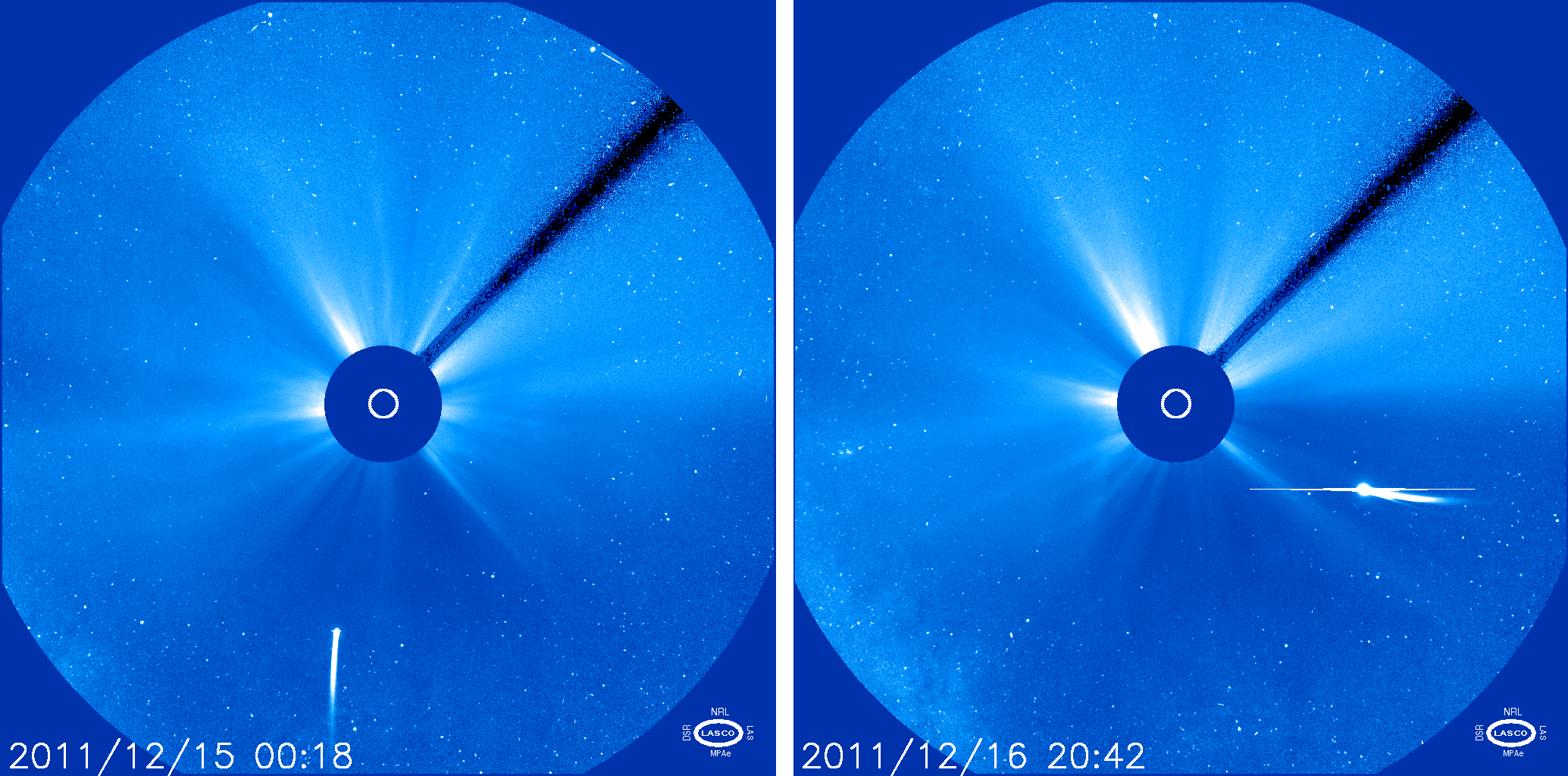
By around the morning of the 19th observers in the southern hemisphere began reporting observations of Comet Lovejoy in twilight, with a brightness close to magnitude 0. Within a couple of days it started to become visible in a dark sky, as a spectacular object with a bright, long dust tail in excess of 30 degrees. It faded fairly rapidly, from about 2nd magnitude on December 21 to around 4th magnitude by December 24 and to between 5th and 6th magnitude by the end of 2011.
By this time observers were noting that there was little in the way of an actual coma on Comet Lovejoy, and in fact its appearance began to bear a rather strong resemblance to the “headless wonder” Kreutz sungrazer of January 1887 (discussed in the “Special Topics” presentation on Kreutz sungrazers). From the available data Zdenek Sekanina concluded that the nucleus had indeed disintegrated, this event having taken place between December 19 and 20. Meanwhile, the comet – or what was left of it – traveled almost due southward, being closest to Earth (0.50 AU) on January 7, 2012 and passing 1½ degrees from the south celestial pole two days later. While it traveled northward after that and became accessible from the northern hemisphere towards the end of January, there was little left to see; I successfully saw it a couple of times as nothing more than a ghostly “brightening” of the background sky. Observers with high-contrast cameras managed to follow it until mid-March.
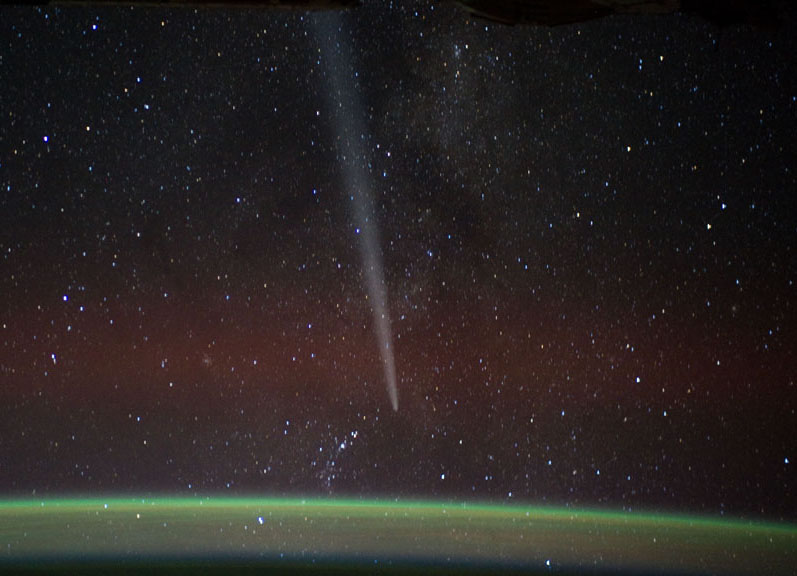
In the wake of Comet Lovejoy’s appearance Sekanina and Chodas re-analyzed their earlier paper, and in so doing determined that the comet’s orbital period is close to 700 years and that it indeed is the first member of the “cluster” they had predicted. We thus await future members of this “cluster” . . . There was some hope that a Kreutz sungrazer discovered in images taken with the Solar Wind ANisotropies (SWAN) ultraviolet telescope aboard SOHO in March 2012 might be such an object, since none of the other SOHO sungrazers – not even Comet Lovejoy – had been visible in SWAN images, however even though it was fairly bright when it appeared in the LASCO coronagraph images it was not abnormally so, and it disintegrated as it approached perihelion just like all the other SOHO-discovered sungrazers have done.
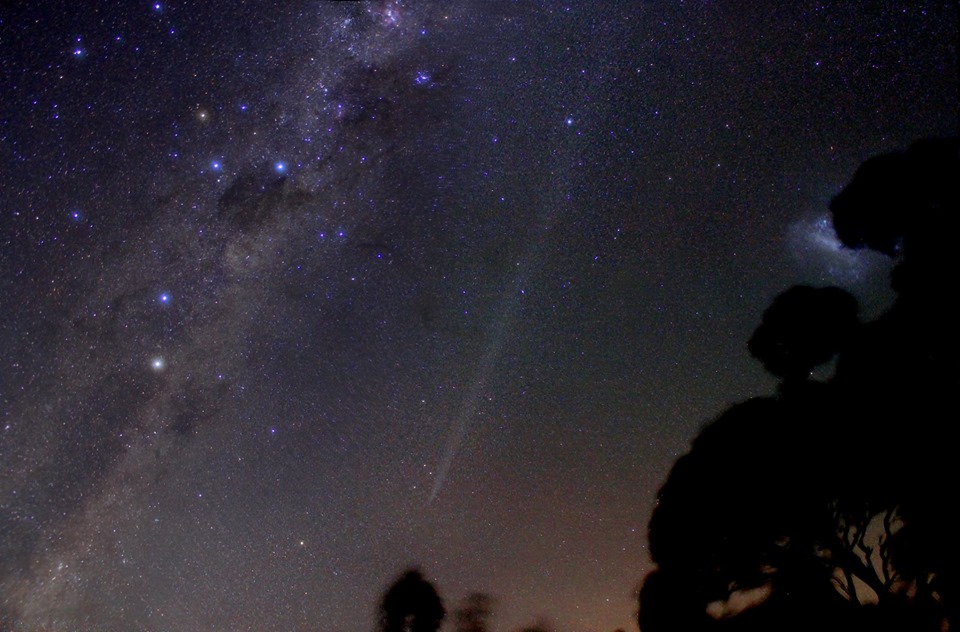
As we wait for future members of the Sekanina-Chodas “cluster” of Kreutz sungrazers to arrive, I hope we don’t have to wait too long. Furthermore, especially since Comet Lovejoy was a “Great Comet” for observers in the southern hemisphere but was completely inaccessible from the northern hemisphere for almost the entire time of its passage through the inner solar system, I hope that at least one of these future sungrazers will pass through perihelion at a time of the year – ideally, in the September/October timeframe – that will allow those of us who reside north of the Equator to enjoy the show put on by one of these magnificent objects.
ADDED “IN PRESS”:
While it certainly isn’t a member of the incoming Sekanina-Chodas “cluster,” a small Kreutz sungrazer (designated C/2020 X3) was photographed during the total solar eclipse this past December 14. It had been discovered the day before the eclipse (December 13) in images taken with the LASCO C3 coronagraph aboard SOHO by researcher Worachate Boonplod in Thailand, and during totality was roughly 6½ hours away from perihelion and visible in C2 images located approximately three degrees southeast of the sun. A German astronomer, Andreas Moeller, successfully imaged the comet from Neuquen, Argentina.
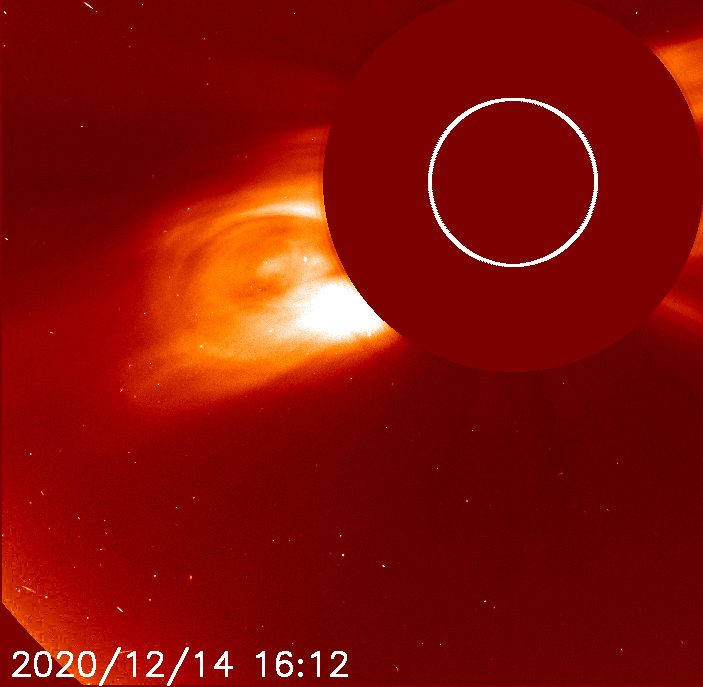
This is the second time that a SOHO Kreutz sungrazer has been successfully imaged during a total solar eclipse; as discussed in the “Special Topics” presentation on “Solar Eclipse Comets,” Comet C/2008 O1 was imaged during the eclipse on August 1 of that year. I remain hopeful that I will be successful in both imaging and visually observing a Kreutz sungrazer during the eclipse on April 8, 2024.
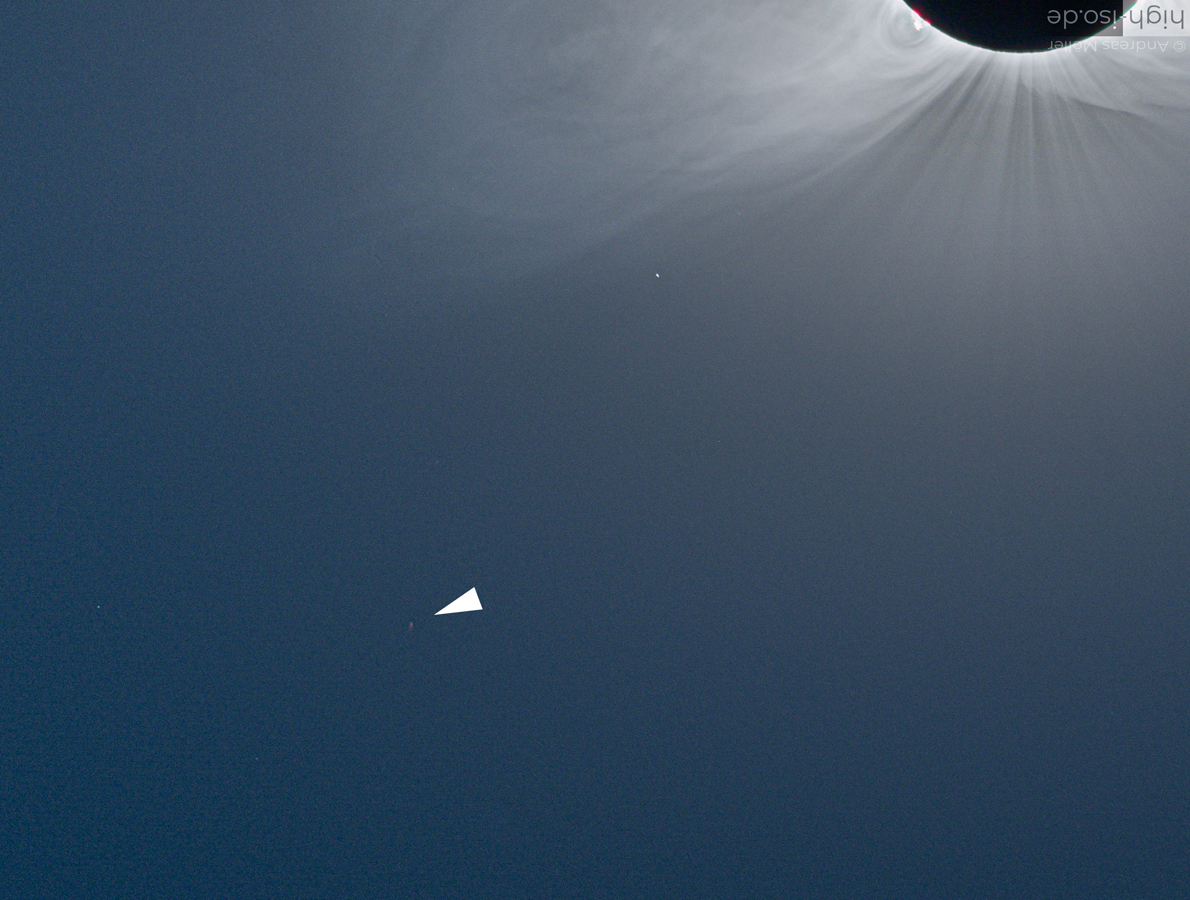
More from Week 52:
This Week in History Special Topic Free PDF Download Glossary
Ice and Stone 2020 Home Page


